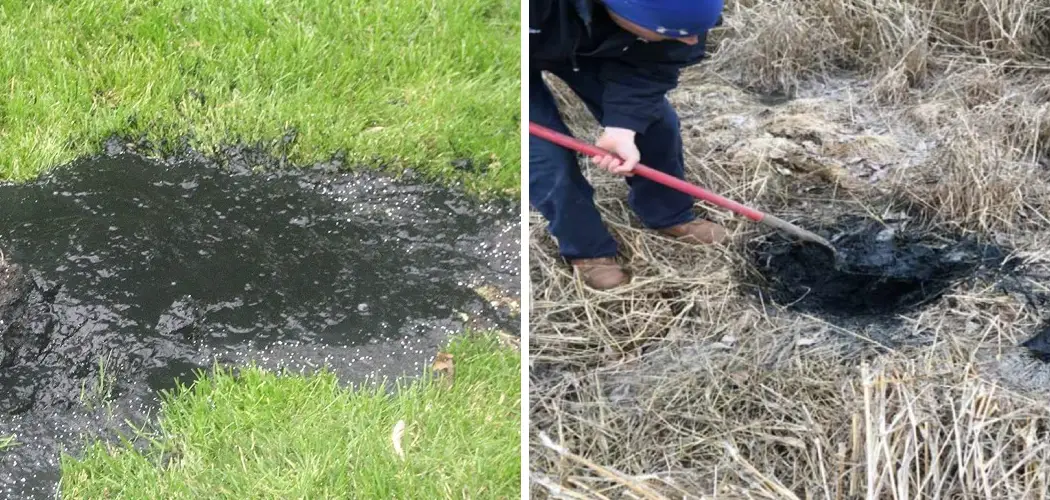When faced with the challenge of a biomat buildup in a leach field, understanding the problem is the first step toward finding an effective solution. Biomat, a slimy layer of organic material, can impede the drainage capabilities of the leach field, leading to system failures and unpleasant odours.
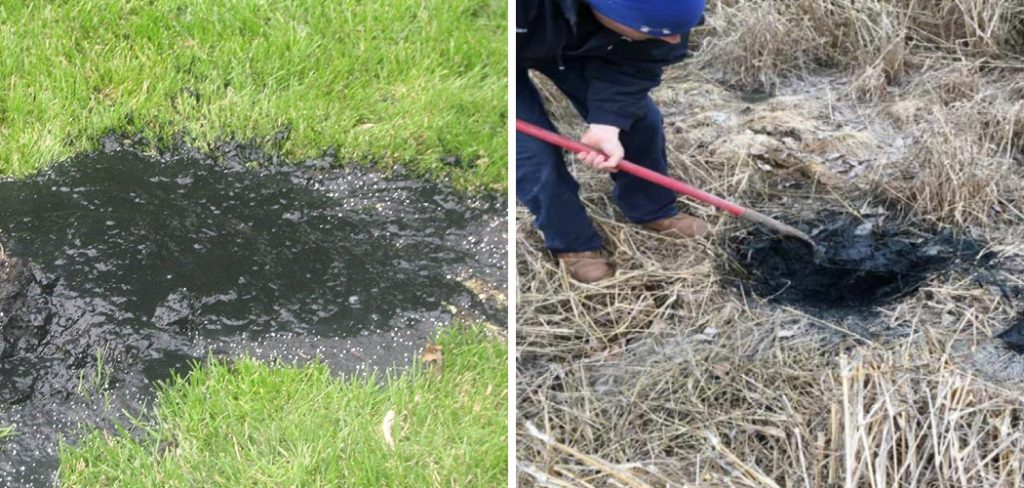
This introduction will guide you through how to get rid of biomat in leach field, and the various methods available to remediate the issue. By addressing these concerns, you can help ensure the longevity and efficiency of your leach field system.
What is a Biomat?
Biomat is a dense layer of organic material that forms in the subsurface of a leach field, primarily consisting of microorganisms, bacteria, and organic matter that have not fully broken down. Typically emerging in environments where there is an abundance of nutrients, such as from septic systems, biomat acts as a barrier that reduces the permeability of the soil.
This buildup can result from excessive organic loading or inadequate treatment of wastewater, leading to decreased drainage efficiency and potential system malfunctions. Understanding the nature and formation of biomat is crucial for implementing effective strategies to manage and remove it from the leach field.
What a Biomat Is and Why It Forms in a Leach Field
A biomat is a dense layer of organic matter that accumulates in the soil surrounding a leach field, primarily consisting of bacteria, microorganisms, and decomposed organic material. This layer forms as a result of the biological activity occurring in the wastewater treatment process, where beneficial bacteria break down waste products.
However, various factors, including excessive nutrient loading, insufficient oxygen flow, and poor system maintenance, can contribute to the thickness of the biomat. Over time, as the biomat thickens, it can restrict the percolation of water through the soil, leading to reduced drainage efficiency, potential system backups, and a variety of environmental concerns if not managed properly. Understanding the formation and role of the biomat is crucial for implementing effective remediation strategies.
10 Methods How to Get Rid of Biomat in Leach Field
1. Reduce Water Usage
One of the primary causes of biomat buildup is excessive water flow into the septic system. When too much water enters the system, it can cause the wastewater to flow too quickly through the leach field, preventing the natural degradation of organic matter. To help reduce biomat buildup, start by reducing your household’s water usage.
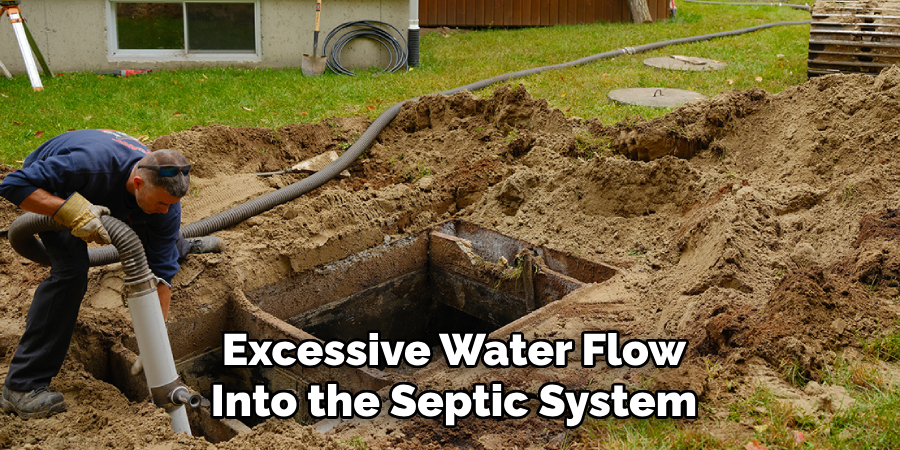
Simple steps like installing low-flow toilets, using water-efficient appliances, and fixing leaks can make a significant difference. By decreasing water input, the septic system gets a chance to properly treat the wastewater and prevent biomat from forming too quickly.
2. Pump the Septic Tank Regularly
Regularly pumping your septic tank is essential to keeping the leach field healthy. When a septic tank becomes too full, solids can overflow into the leach field, accelerating biomat growth. Pumping removes the solids from the tank, preventing them from reaching the drain field.
As a rule of thumb, a septic tank should be pumped every 3 to 5 years, depending on its size and the amount of wastewater generated by your household. By keeping the tank clean, you reduce the risk of excessive biomat buildup in the leach field.
3. Introduce Aerobic Bacteria
Introducing aerobic bacteria into your septic system is one of the most effective ways to break down biomat in the leach field. Unlike anaerobic bacteria, which thrive in low-oxygen environments and contribute to biomat formation, aerobic bacteria require oxygen and work more efficiently to break down organic waste.
There are various products on the market that introduce aerobic bacteria to the system, such as bio-augmentation treatments. You can also install an aerobic septic system or an aerator in the tank, which increases oxygen levels and encourages aerobic bacteria growth. This helps dissolve the biomat and restores the leach field’s functionality.
4. Install an Aerobic Treatment Unit (ATU)
An Aerobic Treatment Unit (ATU) is an advanced septic system that uses oxygen to enhance the breakdown of waste materials. Installing an ATU can help mitigate biomat buildup in the leach field by promoting aerobic digestion of the organic matter.
The oxygen introduced into the system allows aerobic bacteria to break down the waste more efficiently, reducing the likelihood of biomat formation. While installing an ATU requires an initial investment, it can save you from expensive leach field repairs or replacement in the long term by maintaining a healthy balance of bacteria in the system.
5. Chemical Additives
Certain chemical additives can help reduce biomat in the leach field by breaking down organic matter more efficiently. Products containing oxygen-releasing chemicals like hydrogen peroxide can temporarily help to reduce biomat by introducing more oxygen into the soil and enhancing aerobic bacterial activity.
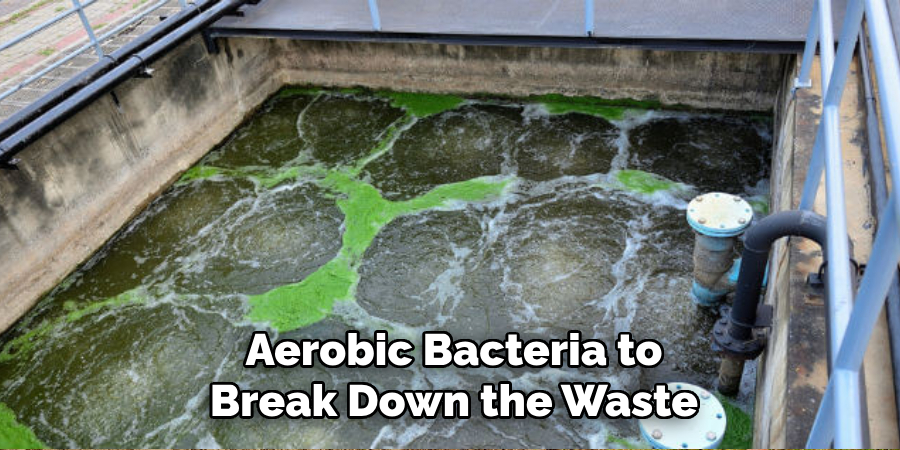
However, using chemical additives should be approached with caution, as some chemicals may damage the natural microbial balance in the soil or harm the septic system’s function if overused. Always consult a septic system professional before using any chemicals to ensure they are safe for your system.
6. Hydrogen Peroxide Injection
Hydrogen peroxide injections are a more targeted method of addressing biomat in the leach field. This process involves injecting a dilute hydrogen peroxide solution directly into the soil of the leach field. The hydrogen peroxide helps oxidize the organic matter and kill off the anaerobic bacteria that contribute to biomat formation. This method can be highly effective in rejuvenating a clogged leach field by breaking up the biomat and allowing the soil to absorb wastewater more efficiently.
However, hydrogen peroxide injections should only be done by professionals who are experienced with septic systems, as improper application can damage the field.
7. Leach Field Resting or Alternating Fields
Allowing your leach field to rest by diverting wastewater to an alternate field is a time-tested method for controlling biomat buildup. If your property has multiple leach fields or a diversion valve, switching the flow of wastewater to a different field allows the resting field to dry out and naturally break down the biomat through aeration and microbial action.
During the resting period, the oxygen in the soil can help promote aerobic bacteria growth, which will degrade the biomat. Alternating leach fields also ensures that one field is always operating at peak efficiency while the other rests.
8. Install a Septic Leach Field Restorer
Septic leach field restorers are systems designed to help rejuvenate clogged leach fields by injecting air into the soil and breaking down the biomat layer. These devices create small air pockets within the leach field, increasing oxygen levels and promoting the growth of aerobic bacteria, which naturally break down the biomat.
Some restorers also include systems to introduce additional bacteria or enzymes into the leach field to speed up the decomposition of organic material. These devices can help extend the life of your leach field without the need for costly replacements.

9. Excavating and Replacing the Soil
In severe cases where the biomat has completely clogged the leach field and none of the above methods work, the only solution may be to excavate and replace the affected soil. This involves digging up the biomat-clogged soil and replacing it with fresh, aerated soil that can absorb wastewater properly. Although this method is labor-intensive and expensive, it can be the last resort to restore a failed leach field.
Once the new soil is in place, preventive measures like introducing aerobic bacteria or alternating leach fields can help prevent the biomat from forming again.
10. Consult with a Septic System Professional
Sometimes, the best course of action for dealing with biomat is to consult with a professional septic system technician. A trained expert can assess the severity of the biomat problem, diagnose the underlying causes, and recommend the most effective solutions.
They may also have access to advanced equipment like air injection systems or professional-grade bacteria treatments that can restore the leach field. Regular consultations with a septic system professional can help catch biomat buildup early and prevent costly repairs or replacements down the line.
Common Mistakes to Avoid
When managing your septic system, there are several common mistakes that can exacerbate biomat issues and lead to costly repairs. One prevalent error is overloading the system with too much wastewater at once. This can overwhelm the leach field, preventing adequate aeration and promoting anaerobic conditions that contribute to biomat formation.
Additionally, neglecting regular maintenance, such as inspections and pump-outs, can allow biomat to build up undetected until the problem becomes severe. Another mistake is using inappropriate products, such as non-biodegradable materials or chemicals not designed for septic systems, which can disrupt the microbial balance and harm system functionality. Finally, ignoring signs of trouble, such as slow drains or unpleasant odors, can delay intervention, making the situation worse.
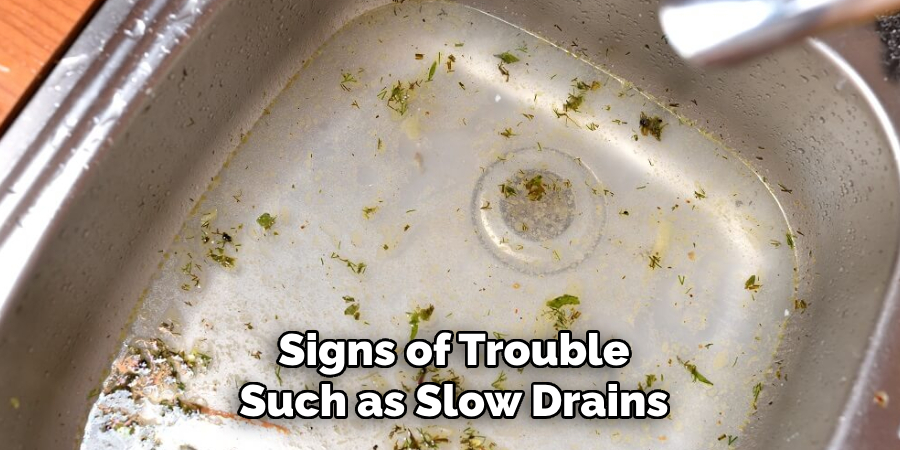
Conclusion
Biomat buildup in a leach field is a common issue that can significantly affect the performance of your septic system. Left untreated, it can lead to clogs, backups, and expensive repairs. However, there are numerous methods to get rid of biomat and restore your leach field’s functionality. Regular septic tank pumping, reducing water usage, and introducing aerobic bacteria are some of the most effective ways to prevent biomat from forming.
In more severe cases, options like hydrogen peroxide injections, installing ATUs, or even excavating the soil may be necessary. Thanks for reading, and we hope this has given you some inspiration on how to get rid of biomat in leach field!

